Château de Chambord - the largest castle in the Loire valley
Where is located Château de Chambord?
Address of Château de Chambord is Chateau 41250, Chambord, France
show on map
When was built Château de Chambord?
Built date of Château de Chambord is 1519 - 1547
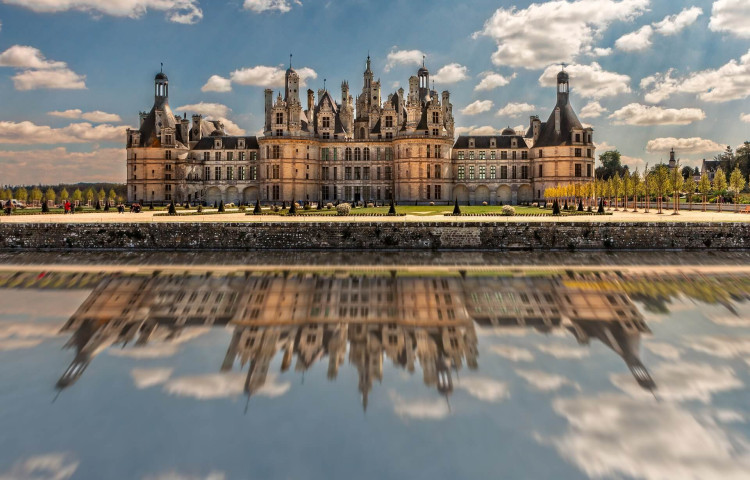
Facts, informations and history of Château de Chambord
Chateau de Chambord is the largest architectural structure in the Loire River Valley. This French region is famous for its medieval and Renaissance castles and châteaux. The Chateau de Chambord is one of the finest works of architecture of the Renaissance period.
Building of the castle began in 1519 and was completed in 1559; the castle was built at the request of Kings Francis I and Henry II. Currently, the Chambord castle is owned by the French state.
The main designer of the Chambord Castle is the French king.
The main designer of the castle was an architect of Italian origin, Domenico da Cortona. During the 40 years of construction, the design underwent numerous changes. The influence of Leonardo da Vinci can also be seen in Chambord, for example, the staircase in the middle of the fortress was made in the shape of two spirals turning in the same direction but not crossing each other.
The staircase in the middle of the fortress was made in the shape of two spirals turning in the same direction but not crossing each other.
This double staircase designed by Leonardo da Vinci has 274 steps and is the pride of this castle. They made it so that the king never met his servants on the stairs.
Originally, Chateau de Chambord was intended to be a hunting lodge. The structure of the castle is reminiscent of a medieval fortress, built on a rectangular plan, in the corners of which towers were built with a diameter of 20 meters. The central building is built on a square plan called donjon, also in its corners there are towers.
The main facade of the castle is the central building, blending in with the larger structure with one wall. The towers of the facade are finished with sloping roofs. The facade of the castle is 128 metres long and 56 metres high.
The castle's roof is rich with many towers, lanterns and chimneys, making the Chateau de Chambord instantly recognizable. Its north-west facade has been restored and two wings have been added to the castle. King Francis compared this roof to Constantinople.
The main purpose of the castle's construction was to serve as a short resting place for hunting.
The castle has 440 rooms, 84 staircases, 800 carved capitals and 365 fireplaces. The emblem of King Francis I depicts a salamander. The symbol is carved into the walls, doors and ceilings throughout the palace.
The Chateau de Chambord was one of the defensive castles, has a total of 11 towers and is surrounded by a moat. The property is surrounded by a wall 32 kilometers long with 6 gates.
In the distance, the castle is surrounded by a natural park with an area of about 5440 ha. This park is as vast in area as inner Paris. It is the largest enclosed park in Europe.
This is the largest chateau in the Loire Valley, and let us remind you that there are more than 300 of them here. French Renaissance architecture is combined here with classical Renaissance structures.
The design of Chambord was significantly altered during the many years of its construction from 1519 to 1547. The redesign was done by Pierre Nepveu, among others. Unfortunately, in 1792 some of the furnishings of the castle were sold, while most of the wood was removed during the French Revolution. The castle was then abandoned and reoccupied in the 19th century, when restoration work was carried out to restore it to its former glory.
From 1725 to 1733, Stanislas Leszczynski, exiled king of Poland and father-in-law of Louis XV, lived here.
During World War II, the castle was used to house valuable art collections from the Louvre and the castle of Compiegne. During the Franco-Prussian War in 1870, the castle was used as a hospital.
The Chateau was also used as a hospital.
"When I was a young man, King Francois of France greatly admired my bare buttocks. I have that information only by hearsay, of course, because my buttocks were in the king's chateau of Chambord while I was here in Italy." - Alan Fisk, "Cupid and the Silent Goddess"
Architect of Château de Chambord
How many meters have Château de Chambord?
Height of Château de Chambord is 56 meters

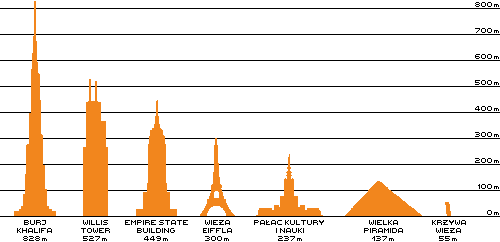
Construction/building type
Building Château de Chambord is of type Castle
Architectural style
Architectural style of Château de Chambord is Renaissance, French renaissance
The Renaissance is an architectural style that developed in Europe in the 15th and 16th centuries, characterised by a return to the classical forms and elements of ancient Greek and Roman architecture. The Renaissance was a reaction to the Gothic style that prevailed in Europe from the 12th to 15th centuries and was associated with churches and sacred buildings. Renaissance means 'rebirth' and the style is considered the precursor to modern architecture. ... czytaj więcej.
Practical informations
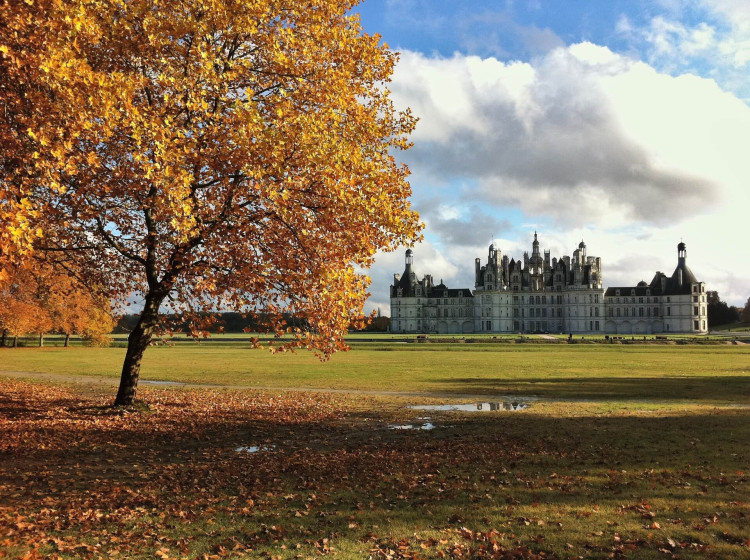
What is the cost of entry for Château de Chambord?
Tickets for Château de Chambord are available at the following prices and variants:
- Normal ticket: €14.50.
- Discounted ticket: €12.
- Free admission for persons under 18 years and disabled persons with one guardian.
At what times is open Château de Chambord?
Château de Chambord is open or accessible to the public on the following dates and times:
- March 28th through October 25th, from 9 a.m. to 6 p.m.
- October 26th through March 27th, from 9 a.m. to 5 p.m.
- Closed: January 1st, November 30th and December 25th.
Is the building on the UNESCO World Heritage List?

The listing took place in the year 2000.
Details of the entry are available on the Unesco website at https://whc.unesco.org/en/list/933bis/
Official website
The official website of the building, where up-to-date information can be found, is https://www.chambord.org
Photo gallery Add photo
Location on map / How to get there



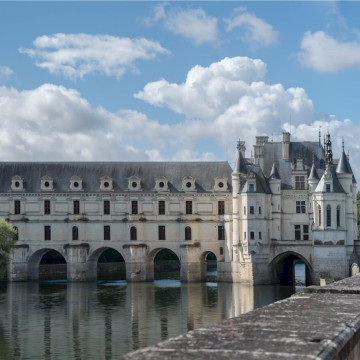





























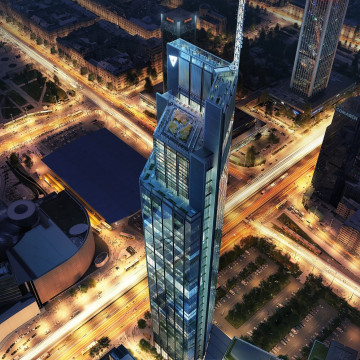
Comments to Château de Chambord (2) Average rating: 5 Add comment / Rate building
Based on 2 comments